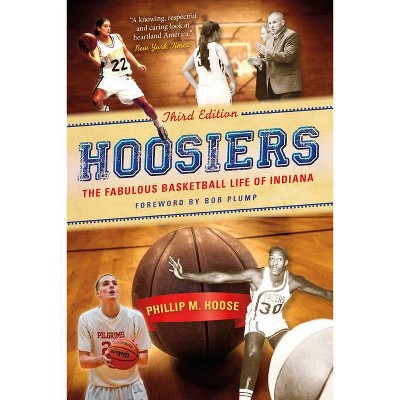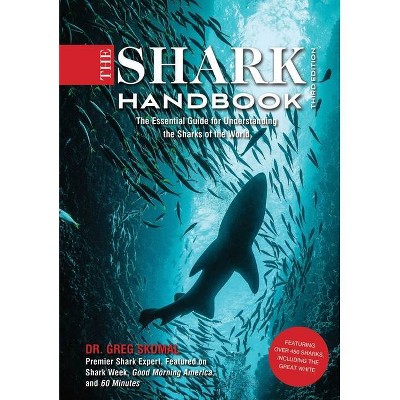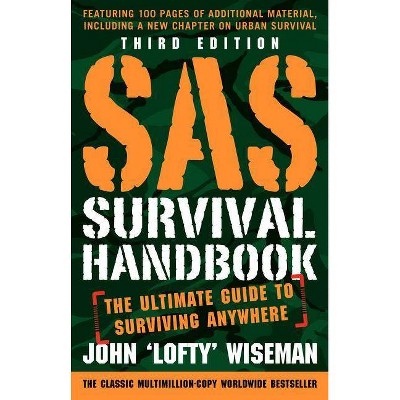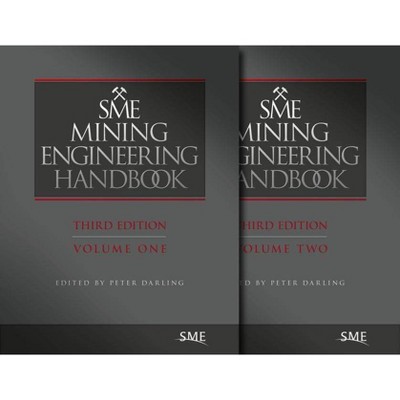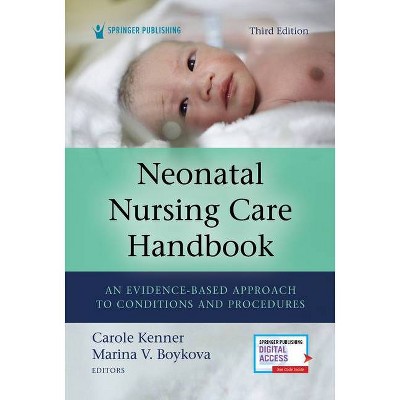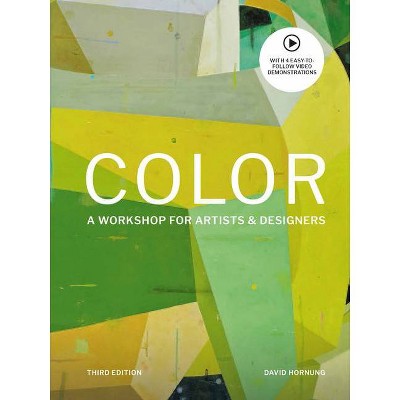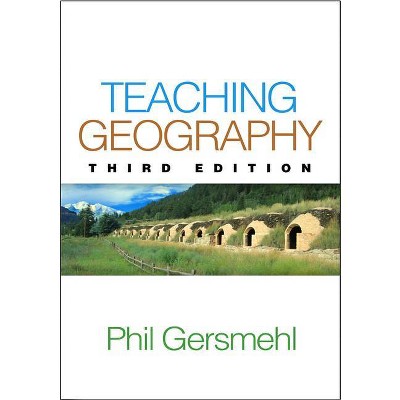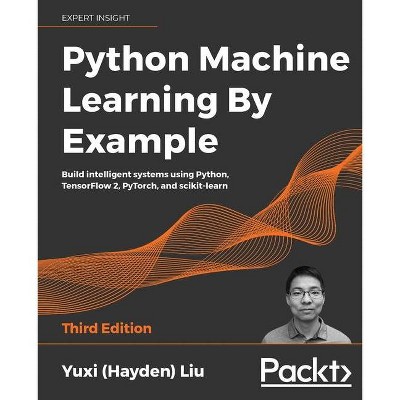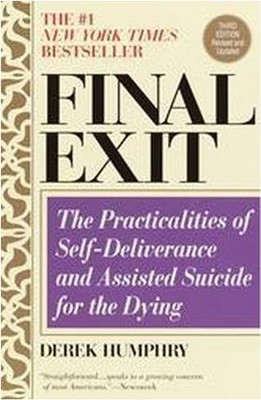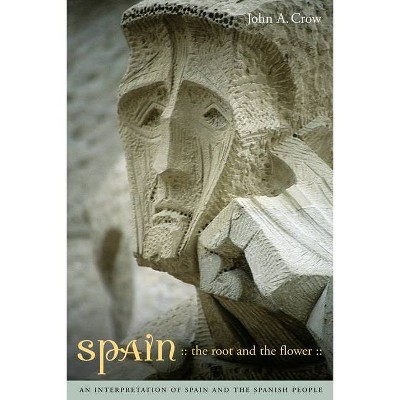Handbook of Attachment, Third Edition - 3rd Edition by Jude Cassidy & Phillip R Shaver (Paperback)
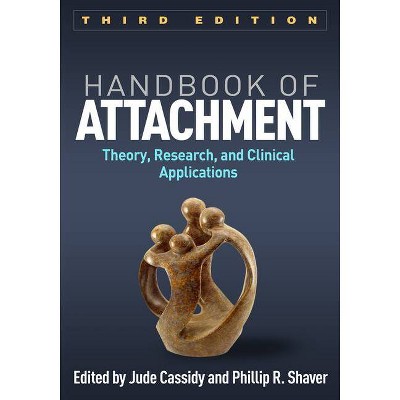
Similar Products
Products of same category from the store
AllProduct info
<p/><br></br><p><b> About the Book </b></p></br></br>"Widely regarded as the state-of-the-science reference on attachment, this handbook interweaves theory and cutting-edge research with clinical applications. Leading researchers examine the origins and development of attachment theory; present biological and evolutionary perspectives; and explore the role of attachment processes in relationships, including both parent-child and romantic bonds. Implications for mental health and psychotherapy are addressed with reviews of exemplary attachment-oriented interventions for children and adolescents, adults, couples and famillies. Contributors discuss best practices in assessment and critically evaluate available instruments and protocols.<p/><br></br><p><b> Book Synopsis </b></p></br></br>Widely regarded as the state-of-the-science reference on attachment, this handbook interweaves theory and cutting-edge research with clinical applications. Leading researchers examine the origins and development of attachment theory; present biological and evolutionary perspectives; and explore the role of attachment processes in relationships, including both parent-child and romantic bonds. Implications for mental health and psychotherapy are addressed, with reviews of exemplary attachment-oriented interventions for children and adolescents, adults, couples, and families. Contributors discuss best practices in assessment and critically evaluate available instruments and protocols. <p/> New to This Edition <br> *Chapters on genetics and epigenetics, psychoneuroimmunology, and sexual mating. <br> *Chapters on compassion, school readiness, and the caregiving system across the lifespan. <br> *Chapter probing the relation between attachment and other developmental influences. <br> *Nearly a decade's worth of theoretical and empirical advances.<p/><br></br><p><b> Review Quotes </b></p></br></br><br>"This third edition of Cassidy and Shaver's <i>Handbook </i>will be an instant classic, like prior editions. The contributors are a 'who's who' in the field. The chapter coverage is exhaustive and timely in its treatment of long-standing and emerging issues in attachment theory and research, such as measurement, biological influences, interventions, and special populations. I use this handbook as the main text in a doctoral seminar on attachment theory and research taken by students in counseling, education, and psychology. Students have found the volume incredibly useful and comment on how it will remain on their shelves. A 'must have' for the researcher or clinician interested in attachment processes across the lifespan."--Richard Lanthier, PhD, Graduate School of Education and Human Development, George Washington University <p/> "Impressive. The list of authors in the third edition includes nearly all of the ongoing major contributors to the attachment literature. Chapters provide important updates, theoretical perspectives, and nuanced discussion. The breadth and depth of the content are stunning. This handbook is required reading for anyone who wants information regarding the current status of attachment theory and research, including students, researchers, and professionals interested in a broad array of topics."--Nancy Eisenberg, PhD, Regents' Professor of Psychology, Arizona State University <p/> "The <i>Handbook of Attachment </i>reflects the kind of artful integration of behavior, emotion, and cognition that John Bowlby and Mary Ainsworth hoped to set in train. I am particularly impressed by the work the editors and contributors to the third edition have devoted to updating, revising, and even reconceptualizing their chapters to keep up with this flourishing field. The third edition is more than just a great help for scholarship and teaching--it is indispensable."--Everett Waters, PhD, Department of Psychology (Emeritus), Stony Brook University <p/> "The <i>Handbook of Attachment, Third Edition, </i> was a superb choice for my advanced undergraduate and graduate seminar. Like the prior editions, the <i>Handbook</i> provides up-to-date coverage of the major topics in the field, as well as exciting explorations of emerging issues. For students who may not yet have a full grasp of the field, the book offers a strong foundation in attachment theory and methodological and clinical implications from which they can start to formulate their own sub-interests. The chapters are written simply enough to make them accessible to upper-level undergraduates, yet also provide sophisticated depth for a more advanced audience. Even after the course, I have heard from students that they frequently consult and reference the <i>Handbook</i> and appreciate having it as an important part of their libraries."--Jennifer C. Ablow, PhD, Department of Psychology, University of Oregon<br><br>"A comprehensive and scholarly review of a critically important issue in developmentattachment....This well-edited volume includes high-quality contributions from leading theorists and researchers in psychology, psychiatry, and child development....The <i>Handbook of Attachment</i> really is a 'must' reference for anyone seriously interested in attachment theory and its role in development across the life span....Practitioners who use attachment theory in their clinical work will find it enlightening." (on the first edition)-- "Journal of Clinical Psychiatry"<br><br>"Has tremendous relevance for clinicians who are interested in the biological, cognitive, and emotional underpinnings of interpersonal relationships, psychopathology, the process of therapy with different clients, and therapeutic change...[and] who wish to understand theory and empirical research relevant to client conceptualization and treatment." (on the second edition)-- "Behavior Therapist"<br><br>"This is an impressive, comprehensive volume which explores a wide range of attachment topics. It should be considered an essential reference book for mental health practitioners who provide treatment to people of all ages." (on the first edition)-- "Psychoanalytic Social Work"<br><br>"The latest edition of the <i>Handbook of Attachment</i>...will be very useful to those who research attachment processes, use attachment theory in their clinical work, or teach courses on attachment....Collectively, the chapters provide ready access to what John Bowlby and Mary Ainsworth said and did, what researchers have revealed about their theory, how the measurement of attachment has evolved over time, and how attachment theory informs understanding of relationships, personality, and psychopathology. Highly recommended. Upper-division undergraduates through faculty and professionals."-- "Choice Reviews" (1/2/2017 12:00:00 AM)<br><br>"This edition is considered the bible of the attachment field, just as the previous two editions were....This third edition is necessary for anybody interested in the attachment field. With the exponential development in the field, this is the place where the updates are synthesized and organized to be easily accessible."-- "Doody's Review Service" (12/2/2016 12:00:00 AM)<br><p/><br></br><p><b> About the Author </b></p></br></br>Jude Cassidy, PhD, is Distinguished Scholar-Teacher and Professor of Psychology at the University of Maryland, College Park, and Director of the Maryland Child and Family Development Laboratory. Her research interests include socioemotional development from infancy through adolescence, with an emphasis on attachment and family relationships; social, cognitive, and regulatory mechanisms through which children's early family experiences come to influence later well-being and relationships; and early intervention designed to reduce the risk of insecure attachment and mental disorders. Her research has been funded by the National Institute of Mental Health, the National Institute of Child Health and Human Development, the National Institute on Drug Abuse, the Substance Abuse and Mental Health Services Administration, and the Zanvyl and Isabelle Krieger Fund. Dr. Cassidy serves as coeditor of the journal <i>Attachment and Human Development</i> and is on the editorial boards of <i>Journal of Clinical Child and Adolescent Psychology</i> and <i>Infant Mental Health Journal</i>. She is a Fellow of the Association for Psychological Science and the American Psychological Association (APA), and received the Boyd R. McCandless Young Scientist Award from APA Division 7 (Developmental Psychology). <p/> Phillip R. Shaver, PhD, is Distinguished Professor Emeritus of Psychology at the University of California, Davis. He has published several books, including <i>Handbook of Attachment, Third Edition</i>, and over 250 journal articles and book chapters. Dr. Shaver's research focuses on attachment, human motivation and emotion, close relationships, personality development, and the effects of meditation on behavior and brain. He is a fellow of both the American Psychological Association and the Association for Psychological Science, and has served as executive officer of the Society of Experimental Social Psychology (SESP) and as president of the International Association for Relationship Research (IARR). Dr. Shaver is a recipient of Distinguished Career Awards from the SESP, the IARR, and the Society for Personality and Social Psychology, and an honorary doctorate from the Faculty of Social Sciences at the University of Stockholm, Sweden.
Price History
Cheapest price in the interval: 60 on October 27, 2021
Most expensive price in the interval: 60 on November 6, 2021
Price Archive shows prices from various stores, lets you see history and find the cheapest. There is no actual sale on the website. For all support, inquiry and suggestion messagescommunication@pricearchive.us
